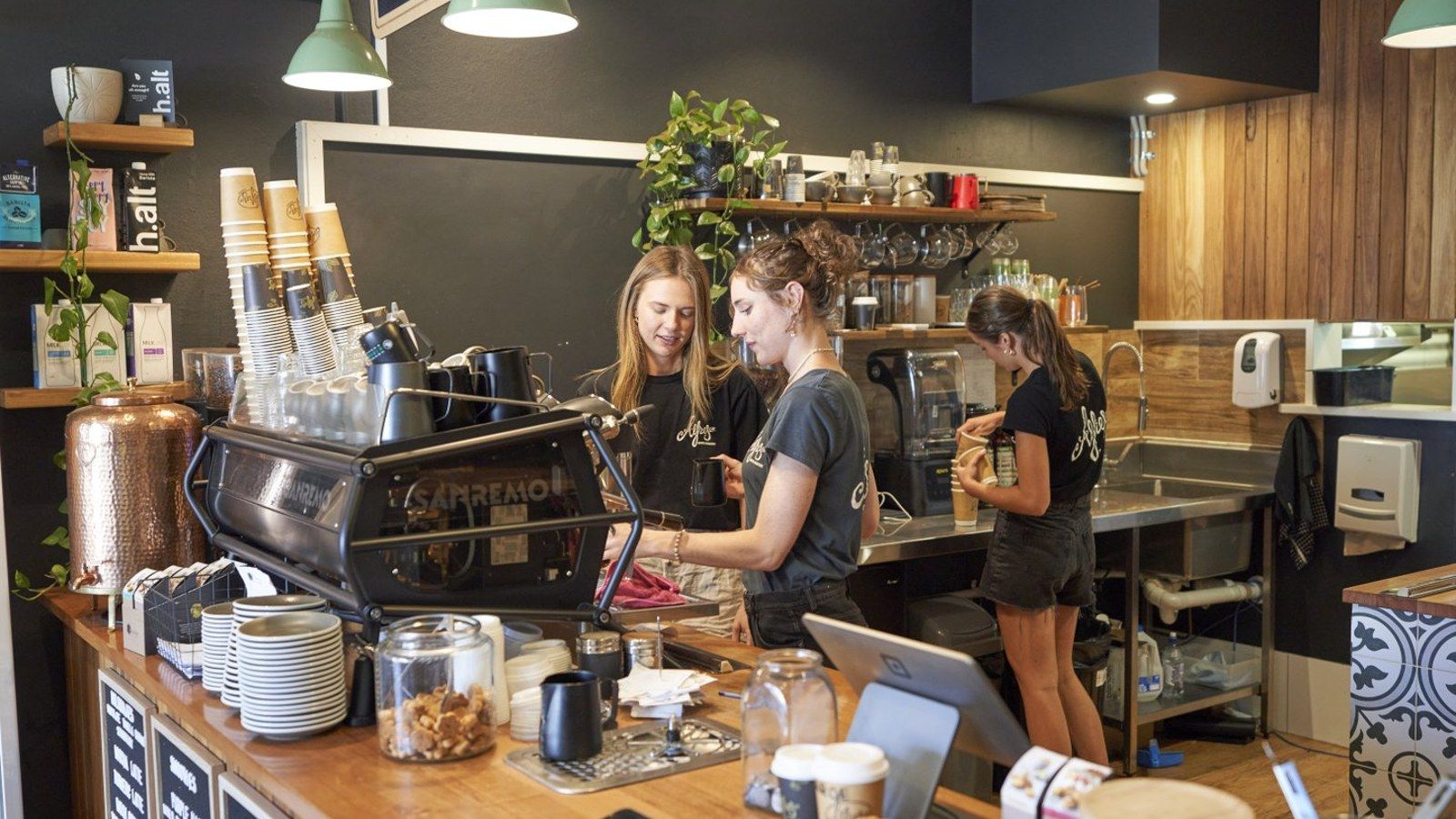Liquid trade waste
Liquid trade waste means all liquid waste, other than domestic sewage, produced by a business, industrial or commercial activity, that is discharged to the sewerage system. It excludes domestic waste from a hand wash basin, shower, bath or toilet.
Due to its concentration levels, liquid trade waste may need pre-treatment before it is discharged into the sewerage system.
Liquid trade waste includes liquids from:
- businesses and commercial premises: eg, cafes, restaurants, hotels, service stations, mechanical workshops, supermarkets, beauticians, and butchers
- industrial premises
- community and public premises: eg, schools, hospitals, nursing homes, pools, and universities
- any of these activities carried out at residential premises
- trade activities: eg, mobile carpet cleaning
- septic tank waste
- chemical toilet waste
- waste from marine pump-out facilities and established sites: discharge of pan contents from portaloos, caravans and mobile homes to the sewerage system.
Why we need to manage liquid trade waste
By controlling liquid trade waste discharges, Council, and operators and owners of businesses, are helping to:
- protect the environment
- protect public health
- reduce costs.
The benefits of controlling liquid trade waste, include to:
- protect river systems by reducing the amount of problem substances reaching treatment plants
- prevent harmful substances from damaging the sewer, disrupting the sewerage treatment plant process or contaminating land and water
- reduce sewerage overflows and blockages by controlling the amount of grease discharged into the sewer
- create a safer workplace for people who work in and around the sewer
- improve wastewater quality reaching the sewage treatment plants. This allows our treatment processes to work more efficiently, so they're not harmed by sudden shocks of toxic substances.
Pre-treatment
Pre-treatment is any activity that removes contaminants from wastewater (eg, grease and oil) before it is discharged to the sewerage system.
Examples of pre-treatment equipment include sink screens/strainers, and grease arrestors. These devices are installed in businesses that produce oily and fatty wastes, eg, restaurants and takeaway food outlets.
Pre-treatment processes and devices should suit the activity you're carrying out. This is important when managing trade waste, because it helps to reduce the concentration levels of substances discharged from business activities, to levels the sewerage system can transport and treat.
Substances you can't discharge
Clause 3.2.2 of the Liquid Trade Waste Management Guidelines 2021 prohibits the discharge of certain substances into Council's sewerage system:
- organochlorine weedicides, fungicides, pesticides, herbicides and substances of a similar nature and/or wastes arising from the preparation of these substances
- organophosphorus pesticides and/or waste arising from the preparation of these substances
- per and poly-fluoroalkyl substances (PFAS)
- any substances liable to produce noxious or poisonous vapours in the sewerage system
- organic solvents and mineral oil*
- any flammable or explosive substances*
- discharges from chemicals and/or oil storage areas and 'bulk fuel depots'
- natural or synthetic resins, plastic monomers, synthetic adhesives, rubber and plastic emulsions
- roof, rain, surface, seepage or ground water, unless specifically permitted (clause 137A of the Local Government (General) Regulation 2021)
- solid matter*
- disposable products including wet wipes, cleaning wipes, colostomy bags, cat litter and other products marketed as flushable
- any substance assessed as not suitable to be discharged to the sewerage system
- liquid waste that contains pollutants at concentrations which inhibit the sewage treatment process – refer to Australian Sewage Quality Management Guidelines, June 2012, WSAA
- any other substances listed in a relevant regulation
*In excess of the approved limit (refer to Table 6 of the Liquid Trade Waste Management Guidelines 2021).
Apply for approval to discharge liquid trade waste
It is an offence to discharge liquid trade waste without Council's approval.
If you want to carry out a business activity that generates and discharges liquid trade waste into Council's sewerage system, you'll need to apply for approval under Section 68 of the Local Government Act 1993. This applies to new and existing trade waste dischargers.
How to apply
The owner of the premises - or the tenant who carries out an activity on the premises - can apply. If you're the tenant of the premises, you must have the property owner's written consent to apply for approval.
You'll need to complete the application:
- Liquid Trade Waste Application (3.0 MB)
- Return your application by:
- email: Council's public and environmental health team
or - post: Eurobodalla Shire Council
PO Box 99, Moruya NSW 2537
- email: Council's public and environmental health team
- Pay the application and inspection fee of $248 at the time you submit your application.
More information
- Council's Liquid Trade Waste Regulation Policy (228.3 KB)
- Council's Liquid Trade Waste Code of Practice (721.6 KB)
- Department of Climate Change, Energy, the Environment and Water: Liquid Trade Waste Management Guidelines
Contact us
If you need more information about liquid trade waste, please contact our public and environmental health team:
- T: 4474 1310
- E: Council's public and environmental health team

